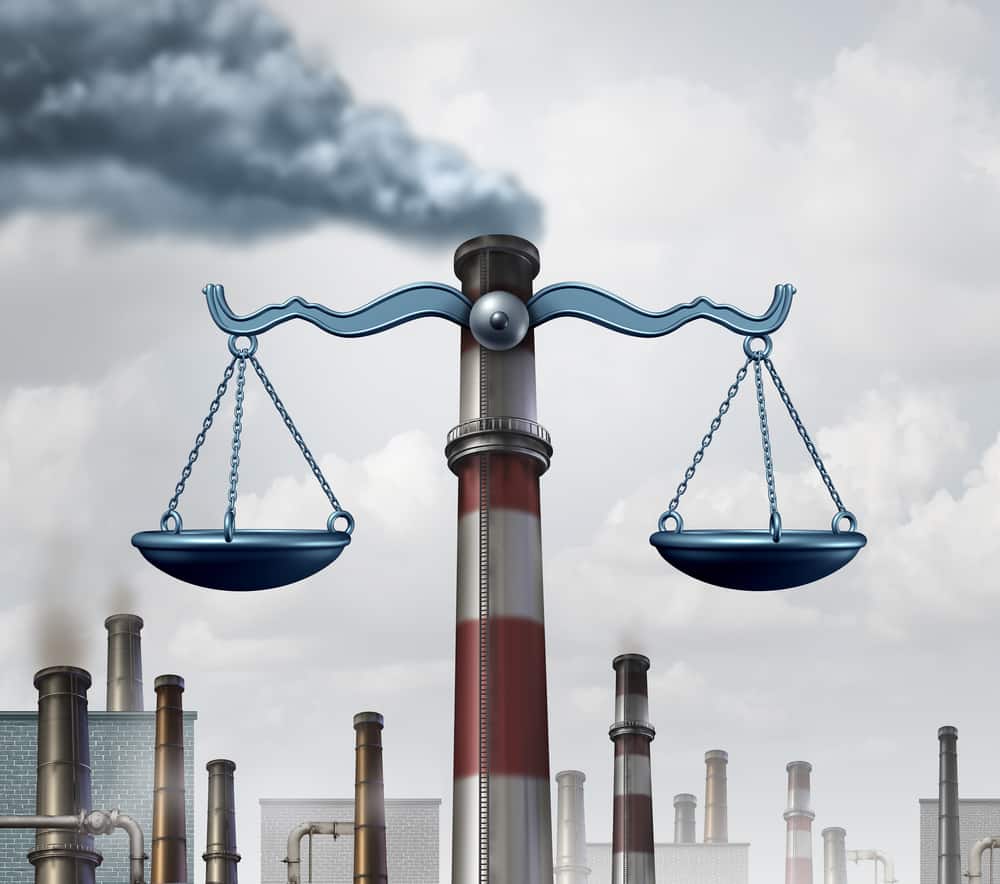- The gender divide has narrowed when it comes to partner compensation in the most prominent law firms.
- The pay-gap is widening between equity and non-equity partners, even though they are receiving similar percentage increases.
- The pandemic may affect pay trends
These results are from the recent report based on the biennial Partner Compensation Survey from Major, Lindsey & Africa (MAL). According to the details outlined by the story, there is a narrowing gender divide in partner pay and similar pay increases for equity and non-equity partners – the first time. These are increasing at similar rates.
Gender divide
Even though male partners’ average compensation still outpaces that of female partners significantly, the gap has narrowed. Female partners averaged $784,000 salary, whereas their male counterparts averaged $1.13 million. Interestingly, male partner pay grew by 7% between 2017 and 2019, whereas female partner pay rose by 15% in the same period.
Overall pay increases in the same period were 10% from an average of $962,000 to $1,054,000. The Managing partner for MLA Law and author of the report, Jeffrey Lowe, attributes the gains to a robust economy in the seven years leading to the 2020 study.
Firms are becoming more sensitive to gender discrepancies, and this has lowered the gap in gender-based disparities. Lowe told Law.com that it appears more women left the workforce during the pandemic, something which could lead to a widening of the gap once more.
Other pay gaps
According to Bloomberg Law, the average partner compensation between 2010 and 2018 increased by 38%. Top earning partners’ pay increased by 46%, whereas at the lower partner levels, it only increased 15%.
The report found that non-equity partners still averaged three times less compensation than equity partners, but they had similar percentage increases. Compared to the previous study, the pay for equity partners increased by 12%. For non-equity partners, the increase was 11%.
Looking at the average total partner compensation, the salary was 20% lower than those identifying as white. The report said nonwhites averaged $869,000 compared to the average $1.046 million of those identifying as white.
However, since the prior survey, black partners reported an increase of 78% in compensation, Asian Pacific partners had a rise of 16%, and whites 11%. The report said Hispanic partners were the only category to report a decline of 18%.
Disparities among cities continue, and they remain pronounced, according to the report. The most significant gains were in Palo Alto/Silicon Valley, Boston, Miami, and Philadelphia, and the only cities without increases were Dallas and Atlanta.
Atlanta had the lowest average compensation at $650,000, while Palo Alto/Silicon Valley has the highest of $1.658,000. The total average wage in New York is $1.639,000.
Originations and billing rates increased 3% for all partners to $2.87 million in 2019. There was also an increase of 9% from 2017 for average billing rates to $827, from $762 previously. However, the billing rates gap rose 30% between equity and non-equity partners, with a difference of 322% in compensation rates between the two groups.
Tax and ERISA lawyers still receive the highest average compensation of $1.37 million, which is an increase of 32% from the 2017 survey. Corporate partner compensation increased by 1% in the same period, whereas IP partners’ average salary increased by 29%. The only decreases were in labor and employment partners – a reduction of 9%.
Impact of the pandemic
In the survey, respondents were asked how the pandemic would impact their compensation for 2020. Some of the results, according to Lowe, could be due to sampling variation. Of the 48,000 invitations sent to partners across the U.S. between July and Sept 2020, responses were received from 1,271.
The majority of those surveyed -70% – expected the pandemic to impact their earning in some way. But during the report’s drafting, it appeared that the legal industry was not affected to the expected extent. It was decided to conduct a follow-up survey in November 2020, and two-thirds of the 134 respondents did not expect their compensation to be affected by COVID-19.
“The demand for law firms did not stop,” said Lowe. “Lawyers were worried that working from home would be senseless if there was no demand, but it never stopped. And for some, there was an increase in work.”
MLA reports that of the respondents from law firms that had implemented austerity measures at the onset of the pandemic, 43% reported complete reversals of the actions. Also, 41% said these steps were partially rolled back.



